Windows of Knowledge
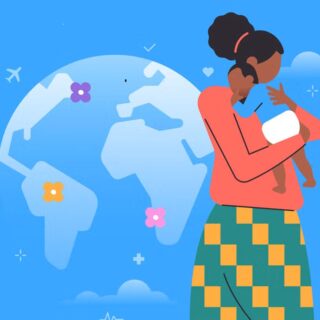
Health World Day 2025
The health of mothers and babies is the foundation of healthy families and communities, helping ensure hopeful futures for us all. PAHO/WHO

Mpox
Mpox (monkeypox) is a disease caused by the monkeypox virus. It is a viral zoonotic disease, meaning that it can spread from animals to humans. It can also spread between people. (PAHO)
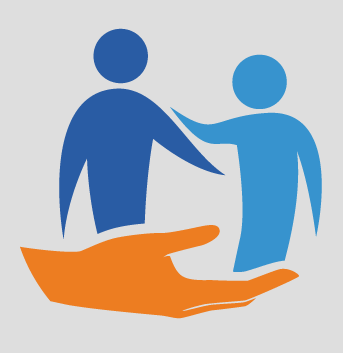
Patient Safety
"Through the slogan “Elevate the voice of patients!”, WHO calls on all stakeholders to take necessary action to ensure that patients are involved in policy formulation, are represented in governance structures, are engaged in co-designing safety strategies, and are active partners in their own care... Evidence shows that when patients are treated as partners in[...]
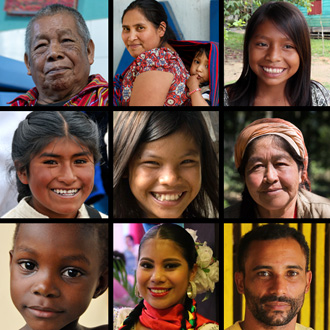
Ethnicity and Health
The PAHO recognizes the need to ensure a differentiated approach that promotes interculturality in addressing health issues and prioritizes ethnicity as a cross-cutting theme throughout the Organization, essential for health equity and grounded in a human rights-based approach. In 2017, the PAHO Member States unanimously approved the first Ethnicity and Health Policy, which underscores the[...]

Virtual Health Library 25 Years
25 Years ago, in 1998, the Latin American and Caribbean Health Information Network approved the Declaration of San José “Towards to Virtual Health Library”. Since then, BIREME has been leading the development of the VHL as a health information and knowledge management strategy for the LA&C Region, expanding to Spain, Portugal, Mozambique and other Portuguese-speaking[...]
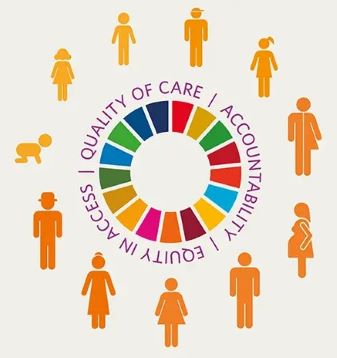
Universal access to sexual and reproductive health-care services
Ensuring access for all people to their preferred contraceptive methods advances several human rights including the right to life and liberty, freedom of opinion and expression and the right to work and education, as well as bringing significant health and other benefits. It offers a range of potential non-health benefits that encompass expanded education opportunities[...]

Prevention and treatment of consumption of psychoactive substances
Psychoactive drugs are substances that, when taken in or administered into one's system, affect mental processes, e.g. perception, consciousness, cognition or mood and emotions. Production, distribution, sale or non-medical use of many psychoactive drugs is either controlled or prohibited outside legally sanctioned channels by law. Psychoactive drugs have different degrees of restriction of availability, depending[...]
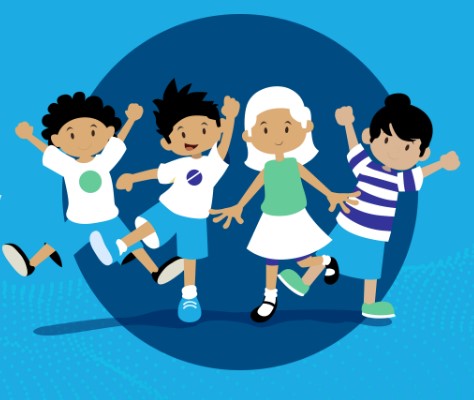
Reduce avoidable death in newborns and children under 5
Substantial global progress has been made in reducing childhood mortality since 1990. The total number of under-5 deaths worldwide has declined from 12.6 million in 1990 to 5.0 million in 2020. Since 1990, the global under-5 mortality rate has dropped by 60%, from 93 deaths per 1,000 live births in 1990 to 37 in 2020.[...]

Reduce maternal mortality
A high number of women die every day due to complications related to pregnancy or childbirth around the world. The World Health Organization (WHO) has defined maternal mortality as "the death of a woman during pregnancy or up to 42 days after the end of pregnancy, irrespective of the length or location of pregnancy, due[...]
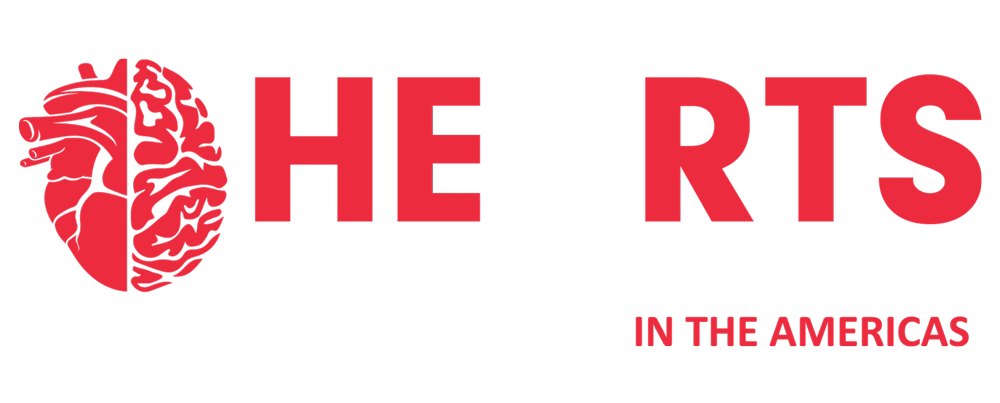
World Heart Day
""By 2025, the HEARTS model will be the model for the cardiovascular disease risk management, including hypertension, diabetes, and dyslipidemia in primary health care in the Americas. HEARTS is currently being implemented in 2095 centers in 24 countries." (PAHO/WHO)
